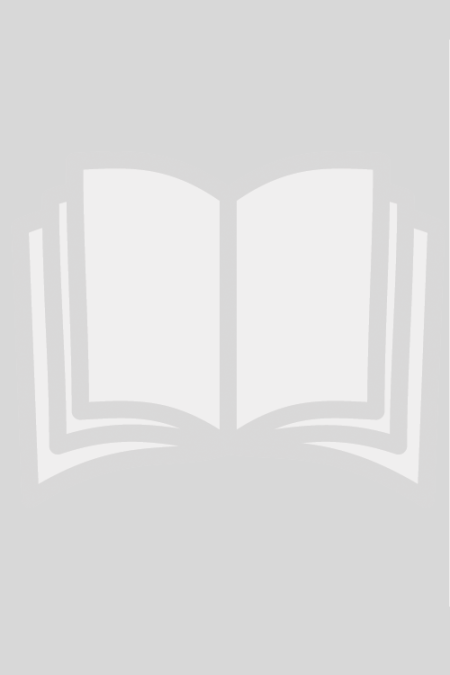Fascicolo 19/2001
- Massimo Bricocoli, Con distacco appassionato: l'esperienza del contratto di quartiere a Cinisello Balsamo
- Alessandro Balducci, Una riflessione sul rapporto tra politiche per i quartieri e politiche per la città
- Antonio Tosi, Quartiere
- Giovanni Laino, Il cantiere dei Quartieri Spagnoli di Napoli
- Stefano Sampaolo, Uno sguardo critico sugli effetti dell'istituzionalizzazione delle politiche di quartiere
- Marco Cremaschi, Quartiere e territorio nei programmi integrati
- Anne Power, Rigenerazione urbana e leadership in Gran Bretagna
- Ingrid Breckner, I quartieri e la riqualificazione urbana in Germania: venti anni di dibattito e di pratiche
- Jacques de Maillard, La territorializzazione delle politiche sociali in Francia: tra riscoperta e incertezze
- Eleonora Artesio, Il territorio della partecipazione
- Marianella Sclavi, Piani di accompagnamento sociale (Pas) di Torino
- Elena Granata, Arrivare, rimanere, andarsene. Quartieri e migrazioni
- Francesca Cognetti, In forma di evento. La città e il Quartiere Isola fra temporaneità e progetto
- Gabriele Rabaiotti, Le politiche urbanistiche per la città di Milano, tracce e traiettorie urbane
- Fabrizio Zanni, Architettura e Disegno urbano. Una ricerca applicata
- Massimo Tadi, Gli ambiti d'intervento progettuale
- Maria Luisa Faravelli, Maria Antonietta Clerici, Urbanistica e commercio: il caso di Pavia
- Pier Carlo Palermo, Nuovi fatti, dubbi e questioni. Le difficili vie dell'innovazione urbanistica
- Giovanni Denti, Chicago. Contraddizioni, complessità e unità del paesaggio urbano
- Annapaola Canevari, L'esperienza di cooperazione internazionale
- Ahmed Abu Al Haija, Conservazione e recupero urbano: note sulla situazione del patrimonio architettonico in Palestina
- Mariacristina Giambruno, La conservazione del costruito esistente in Palestina
- Piera Basile, Tiziana Zoncada, Alcune esperienze di recupero nei centri storici in Palestina
- Abdel Mahrok, Il sistema della pianificazione e la conservazione delle città storiche: il caso della città vecchia di Gaza
- Giorgio Ferraresi, Per una discussione sulle pratiche e sulla ridefinizione dei progetti dei dottorati nel Diap. Note a partire da una proposta di "seminario di progetto" del Dottorato in Puta
- Filomena Pomilio, Il piano territoriale strategico: una rassegna di articoli pubblicati sulla rivista "Town Planning Review" (1968-2000)
- Paola Savoldi, Rischi, derive e sorprese di alcune pratiche di valutazione
- Gabriele Pasqui, Recensioni
